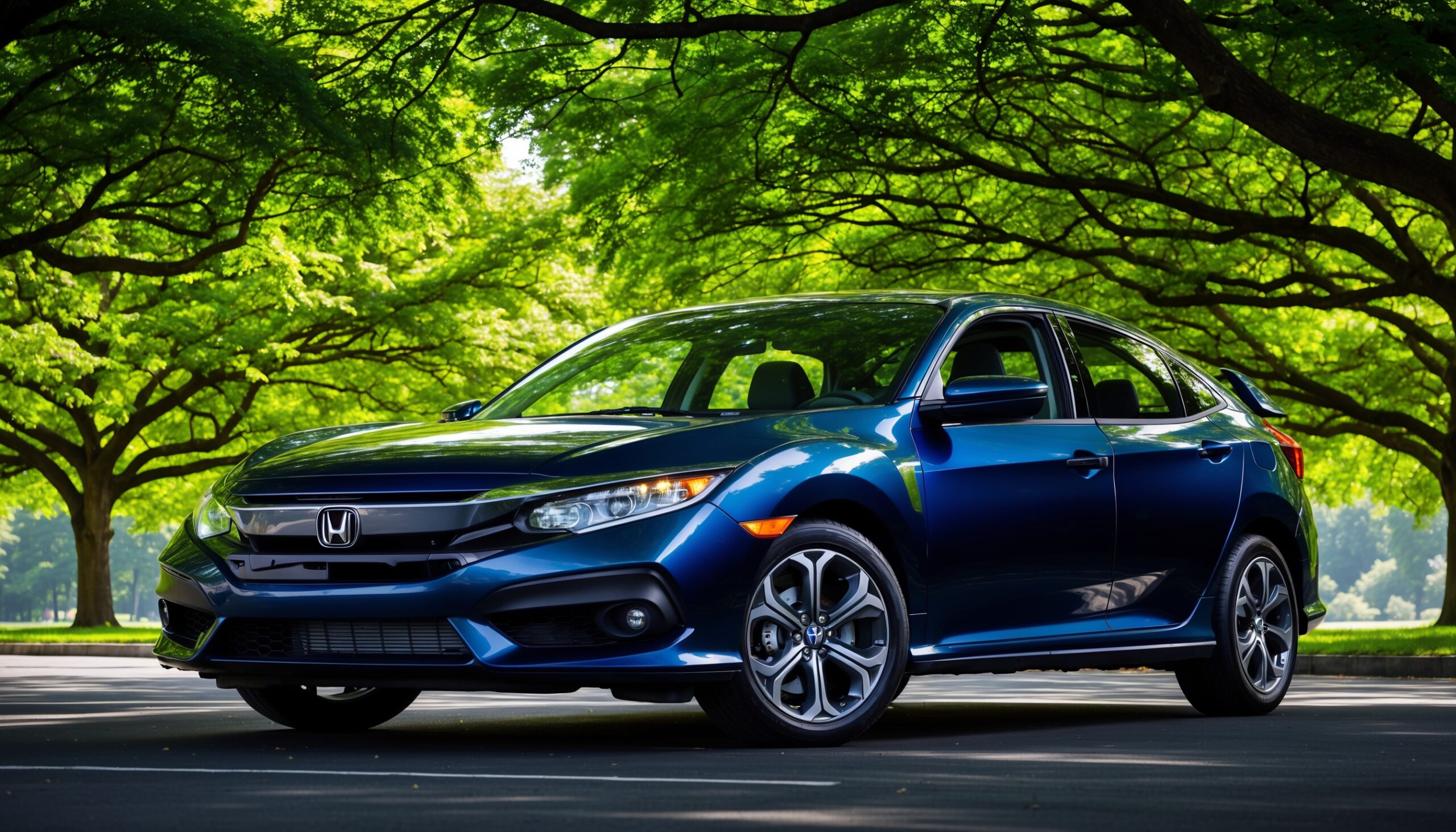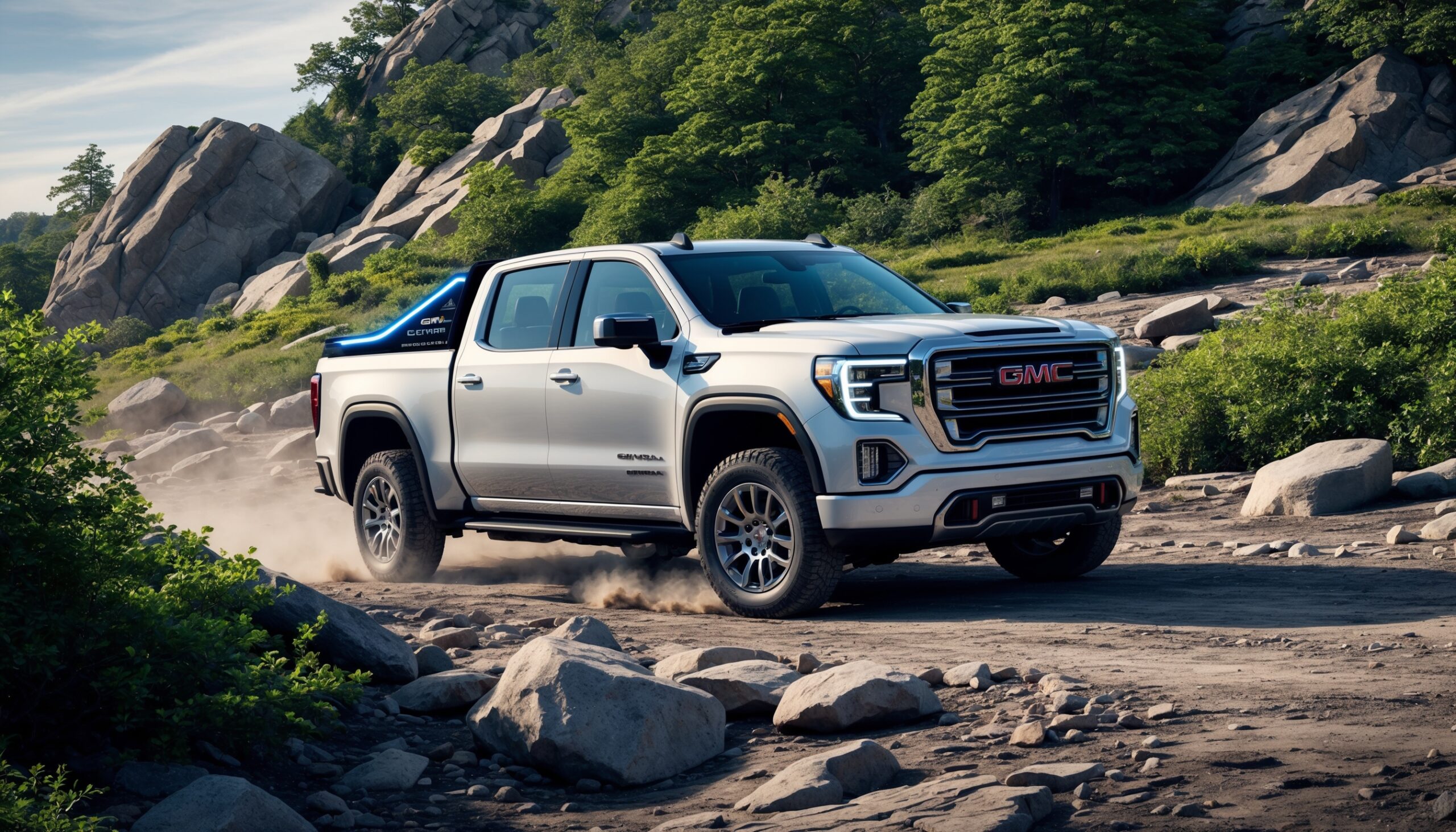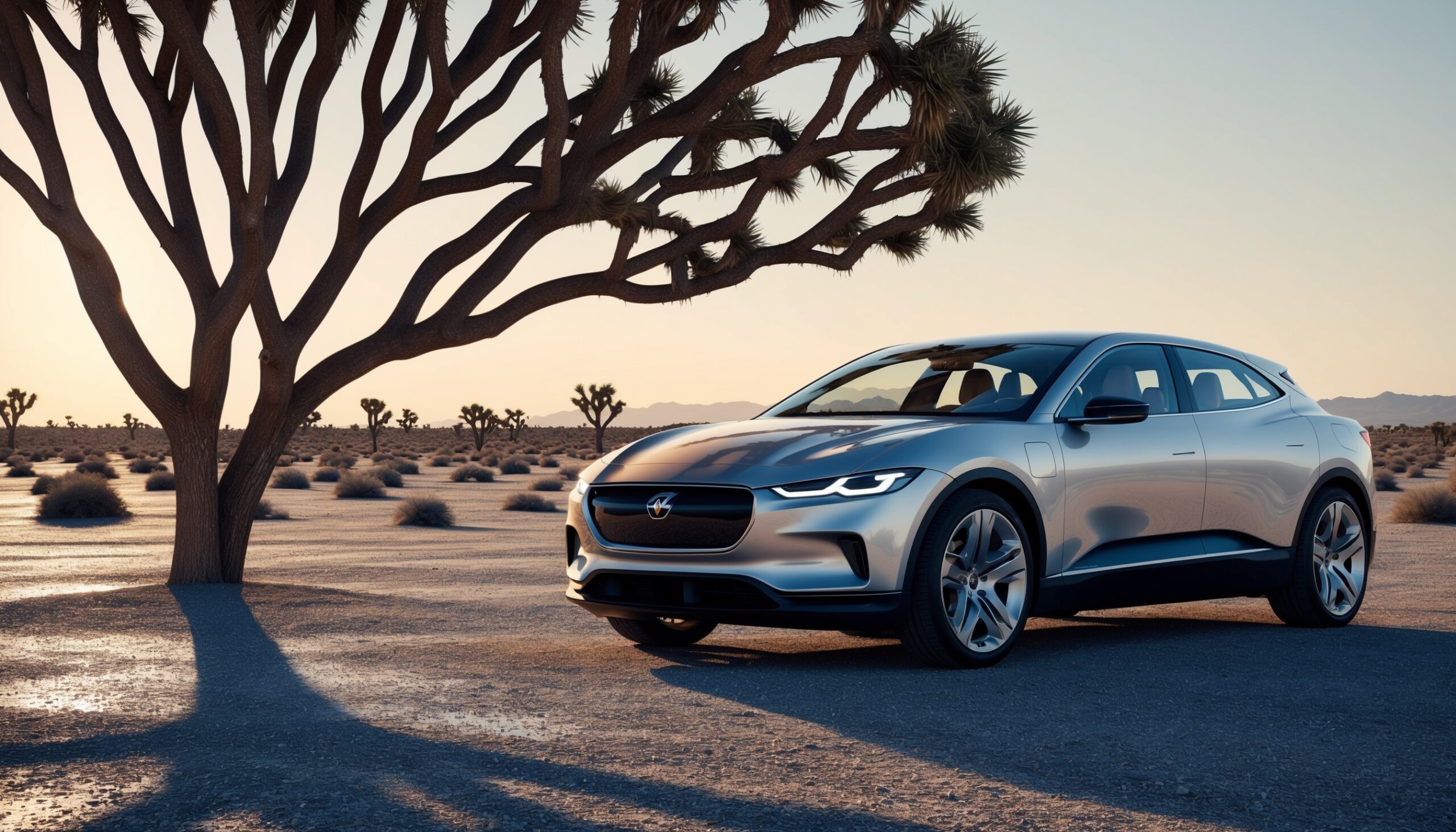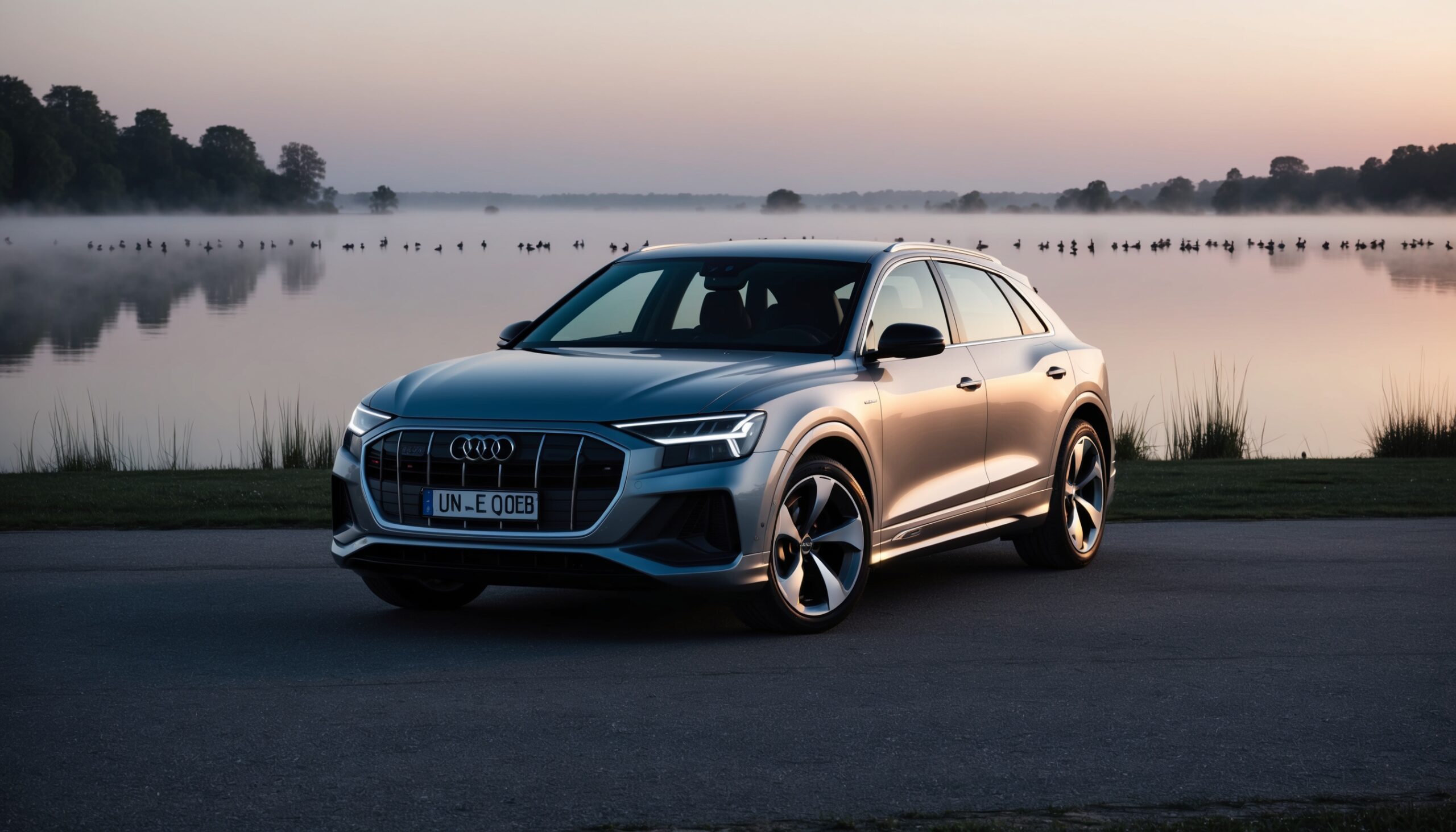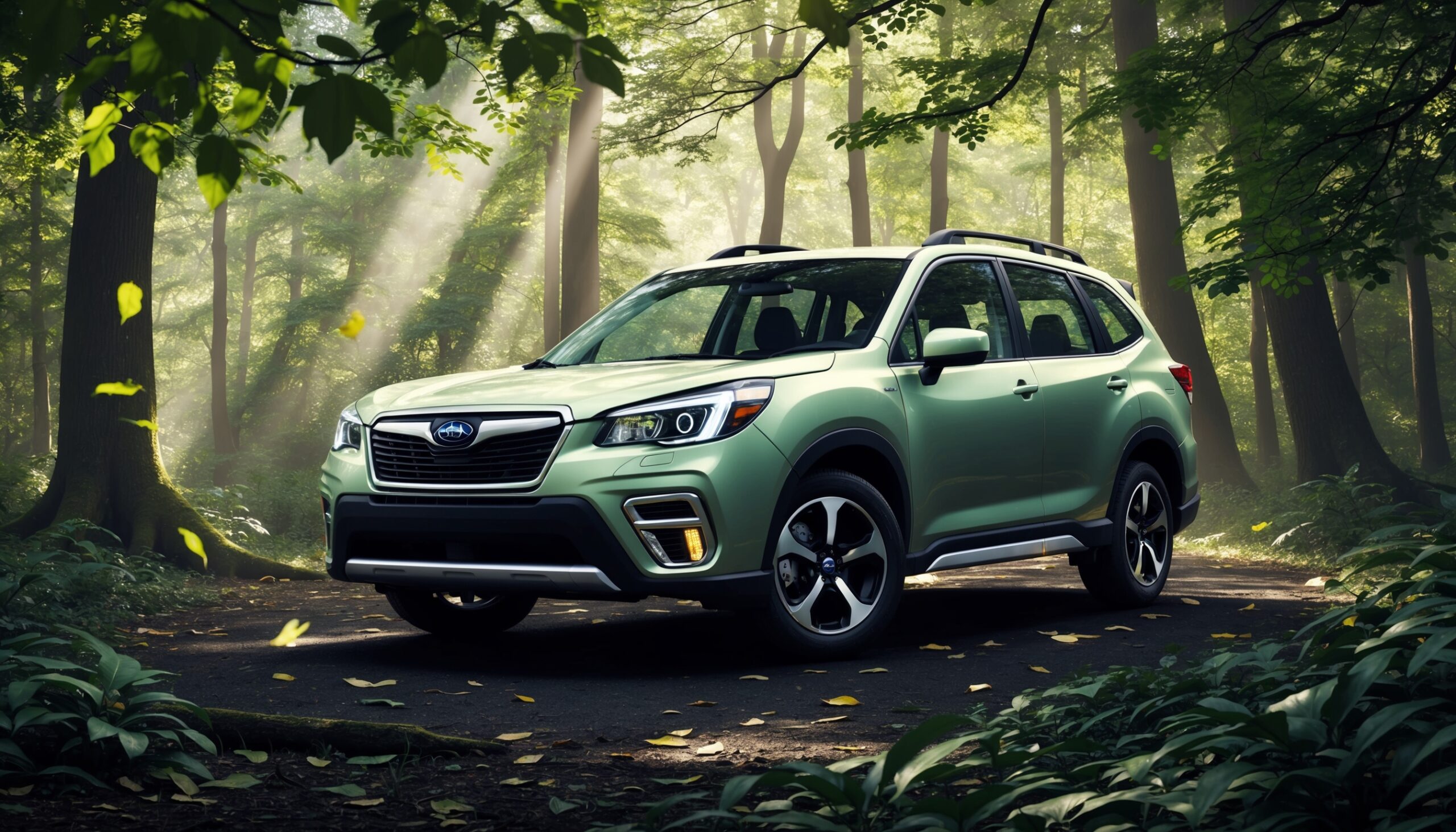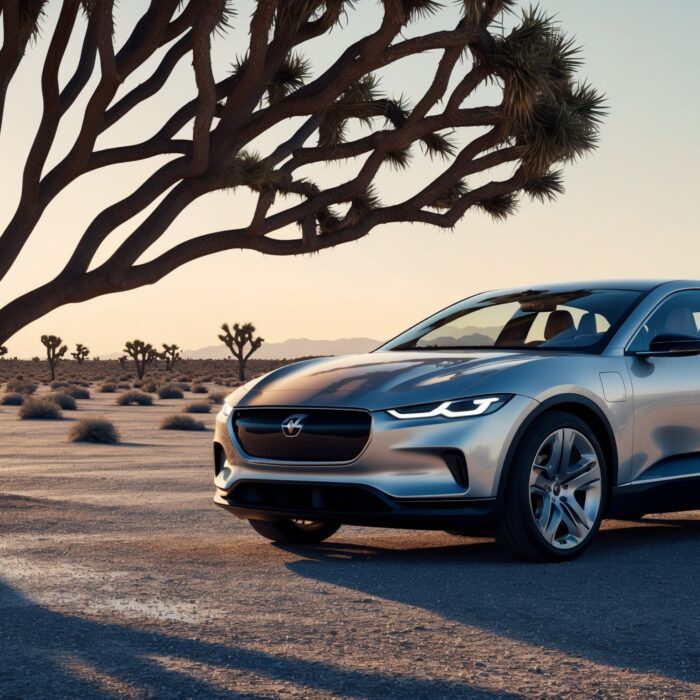The Next Evolution of Advanced Driver-Assistance Systems (ADAS)
In the world of automotive technology, few innovations have sparked as much excitement as Advanced Driver-Assistance Systems (ADAS). As car enthusiasts, we relish the thrill of driving, but we also recognize the potential of technology to make our journeys safer and more enjoyable. In this blog post, we’re diving deep into the next evolution of ADAS, exploring its current state, future trends, and the implications for both the industry and driving enthusiasts like ourselves. Buckle up; it’s going to be quite a ride!
Understanding ADAS: The Basics
Before we dive into the future of ADAS, let’s take a moment to understand what it is and how it works. Advanced Driver-Assistance Systems are a series of technological features designed to enhance vehicle safety and facilitate driving tasks. These systems typically utilize sensors, cameras, and artificial intelligence to assist drivers in making decisions or even take control of the vehicle in certain situations.
Key Features of Current ADAS
Today’s ADAS offers an array of features that have become increasingly popular in modern vehicles. Here are some of the most common:
- Adaptive Cruise Control: This system automatically adjusts the vehicle’s speed to maintain a safe distance from the car in front.
- Lane Departure Warning: Alerts drivers when they unintentionally drift out of their lane.
- Automatic Emergency Braking: Detects obstacles ahead and can apply the brakes to prevent a collision.
- Blind Spot Monitoring: Warns drivers of vehicles in their blind spots, enhancing lane-change safety.
- Parking Assistance: Helps drivers park their vehicles by taking control of steering in tight spaces.
These features represent only the tip of the iceberg. As we look ahead, the evolution of ADAS is set to take some exciting turns.
The Road Ahead: Future Trends in ADAS
As we venture into the future, the landscape of ADAS is undergoing some transformative changes. Let’s explore some key trends that are shaping the next evolution of these systems.
1. Increased Automation and Autonomy
The future of ADAS is undeniably intertwined with the rise of automation. While we’re accustomed to features that assist drivers, the next step involves cars that can take over driving tasks entirely—think Level 4 and Level 5 automation. This means vehicles will be able to operate without human intervention under specified conditions.
Also Read: Modular Vehicle Platforms: Designing Cars for Multi-Purpose Use
Imagine a scenario where you can sit back, relax, and let your car navigate through traffic and reach your destination. This shift isn’t just about convenience; it has the potential to revolutionize road safety. With fewer human errors, we could see a dramatic decrease in accidents.
2. Enhanced Sensor Technology
Current ADAS systems rely heavily on cameras and radar. However, the next generation will incorporate more advanced sensors, including LiDAR (Light Detection and Ranging). LiDAR uses laser beams to create a detailed 3D map of the vehicle’s surroundings, enhancing obstacle detection and environmental understanding.
These advancements will allow vehicles to function effectively in various weather conditions and lighting scenarios, making them safer and more reliable. Imagine driving through a foggy night, confident that your car’s sensors can see through the haze!
3. Integration of Artificial Intelligence
Artificial intelligence is set to play a pivotal role in the evolution of ADAS. AI can analyze vast amounts of data from various sources, enabling vehicles to learn from their surroundings and improve their decision-making processes over time.
For instance, AI-powered systems can adapt to a driver’s habits, preferences, and even predict potential hazards before they occur. The more a vehicle learns about its environment and the driver, the better it becomes at providing assistance. This personalized experience will create a more intuitive and enjoyable driving experience.
4. Vehicle-to-Everything (V2X) Communication
Imagine a world where your car communicates not only with other vehicles but also with traffic signals, pedestrians, and even infrastructure. This concept is known as Vehicle-to-Everything (V2X) communication, and it’s poised to revolutionize the way we travel.
With V2X technology, vehicles can receive real-time data about traffic conditions, accidents, and other potential hazards. This information can help drivers make informed decisions and avoid dangerous situations. For example, if there’s an accident ahead, your car could alert you to take an alternate route before you even see a traffic jam.
5. Focus on Cybersecurity
As vehicles become more connected and reliant on software, cybersecurity is becoming increasingly crucial. With the rise of ADAS and autonomous driving, the potential for cyber threats grows. Manufacturers will need to prioritize robust security measures to protect vehicles from hacking and unauthorized access.
Ensuring the security of ADAS systems is not just about protecting data; it’s about safeguarding lives. As technology advances, so must our approach to security, ensuring that drivers can trust their vehicles to keep them safe on the road.
The Impact of ADAS Evolution on the Automotive Industry
The evolution of ADAS will undoubtedly have a profound impact on the automotive industry. Manufacturers, suppliers, and even consumers will need to adapt to this changing landscape.
1. Shifting Manufacturer Strategies
As the demand for advanced safety features increases, manufacturers will need to rethink their strategies. Companies that lead the charge in developing cutting-edge ADAS technologies are likely to gain a competitive edge. Traditional automakers may find themselves partnering with tech firms or investing heavily in research and development to stay relevant.
2. New Business Models
With the rise of autonomous vehicles, new business models are likely to emerge. Ride-sharing companies and fleet operators may prioritize vehicles equipped with advanced ADAS, as they could reduce operational costs and enhance safety. This shift could lead to a surge in demand for vehicles designed specifically for commercial use.
3. Consumer Education and Acceptance
As ADAS becomes more prevalent, consumer education will be vital. Drivers need to understand how these systems work and how to use them effectively. Manufacturers will need to invest in comprehensive training and resources to ensure that consumers feel confident in their vehicles’ capabilities.
4. Regulatory Changes
With the advancement of ADAS and autonomous driving technologies, regulatory bodies will need to update existing laws and create new ones. This could include guidelines for testing autonomous vehicles, standards for cybersecurity, and protocols for V2X communication. As the industry evolves, so too must the frameworks that govern it.
The Driving Experience: Balancing Technology and Passion
As car enthusiasts, one of the most significant concerns about the evolution of ADAS is the potential impact on the driving experience. Will we still get the same thrill from driving if our cars do all the work for us?
The answer isn’t as straightforward as it may seem. While some may fear that increased automation will take away the joy of driving, others argue that it can enhance the experience. Picture this: you’re on a long road trip, and your car takes over the tedious task of highway driving, allowing you to relax and enjoy the scenery. When the time comes for winding mountain roads, you can take back control and fully engage in the driving experience. It’s about finding the right balance between technology and the thrill of driving.
The Role of Enthusiasts in Shaping ADAS
Car enthusiasts play a crucial role in shaping the future of automotive technology. Our passion for driving can influence manufacturers to create systems that enhance, rather than detract from, the driving experience. Engaging with communities, sharing insights, and advocating for features that resonate with enthusiasts can encourage manufacturers to prioritize enjoyable driving experiences alongside safety.
ADAS and the Future of Mobility
The evolution of ADAS is not just about enhancing individual vehicles; it’s about transforming the entire landscape of mobility. As we move toward a future with connected and autonomous vehicles, the way we think about transportation will change.
Also Read: The Growing Aftermarket for ADAS and Connected Car Upgrades
1. Urban Mobility Solutions
As cities become more congested, the need for innovative mobility solutions is paramount. ADAS can play a crucial role in developing smarter urban environments. Imagine a future where vehicles communicate with traffic systems to optimize flow, reducing congestion and improving air quality.
2. Accessibility and Inclusivity
Advanced Driver-Assistance Systems have the potential to make driving more accessible for individuals with disabilities or those who may have difficulty operating a vehicle. By providing adaptive technologies, we can create a more inclusive environment where everyone has the opportunity to experience the freedom of driving.
3. Environmental Impact
With the integration of ADAS and electric vehicles, we can work toward a more sustainable future. Efficient driving systems can help reduce energy consumption and emissions, contributing to greener urban landscapes. As technology advances, the automotive industry will be better positioned to address environmental challenges.
Final Thoughts: The Future is Bright
The next evolution of Advanced Driver-Assistance Systems is an exciting journey that blends technology, safety, and the passion for driving. As car enthusiasts, we have the opportunity to embrace these advancements while ensuring that the thrill of driving remains at the forefront.
At Torque Feed, we believe in the power of innovation to enhance the driving experience. The road ahead is paved with possibilities, and as we navigate this evolving landscape, let’s celebrate the fusion of technology and automotive passion. Whether you’re an early adopter of ADAS features or a purist who loves the raw experience of driving, there’s a place for everyone in this exciting automotive future.

